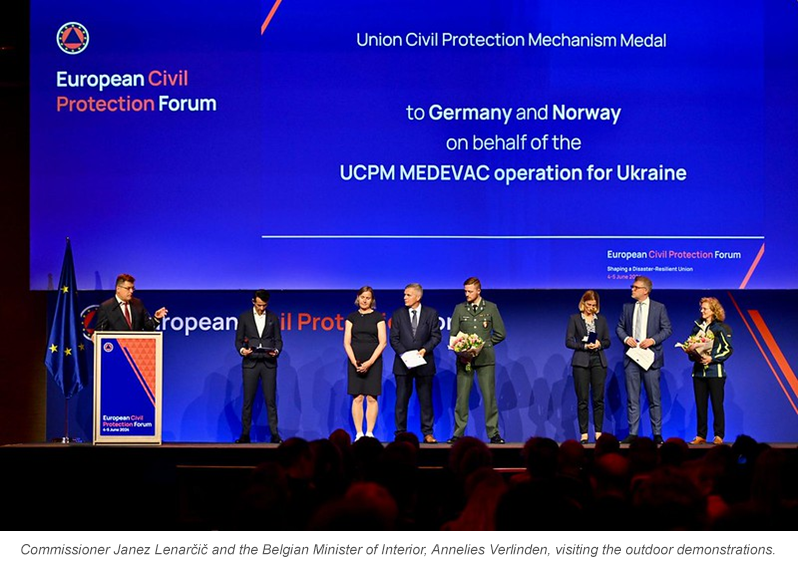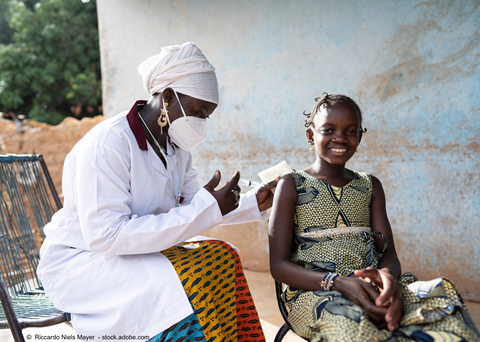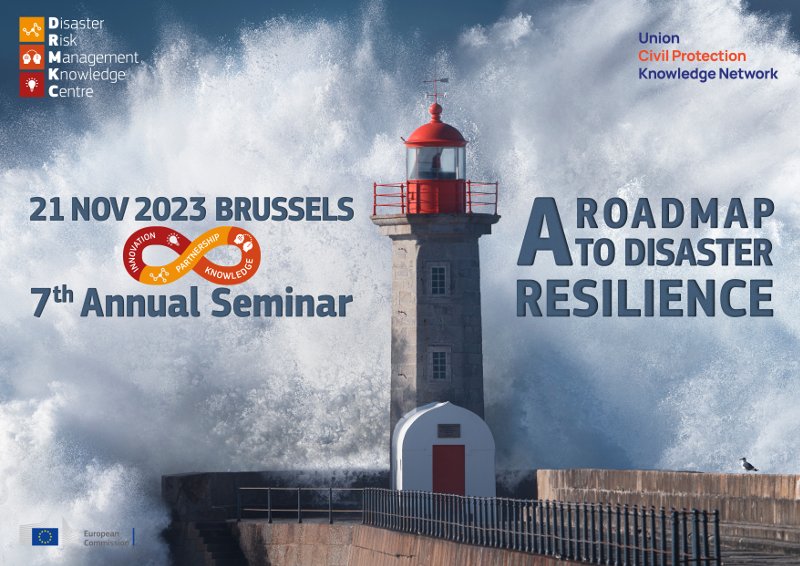Results from the third Workshop on Social Media for Disaster Risk Management are now out. Academics, practitioners, tech experts, and emergency responders joined forces and explored how to enhance disaster management using social media and AI.
Exploring social media across different disaster scenarios
Use cases of social media data in different disaster scenarios - showing its role in providing (near) real-time information to improve disaster response times and support emergency decisions - were explored. Within these scenarios, the participants discussed specific topics such as the integration artificial intelligence for data analysis, how to address data veracity challenges or the ethical concerns regarding privacy and misinformation.
One of the workshop’s highlights was a simulation exercise resembling the 2023 earthquake in Türkiye. The participants used social media data for a near real-time impact assessment. This hands-on activity to enhance the situational awareness during the emergency made it clear how social media could support traditional data sources by offering timely and detailed information during crises.
Implementing standardised protocols and training for social media data integration
Standardized frameworks and protocols are essential for the ethical and effective use of social media data in disaster management. This was one of the key conclusions from this workshop. Another shared reflection was that continuous training and the creation of dedicated roles for social media analytics within disaster response teams would be beneficial.
Looking ahead, the experts recommended developing pilot projects that allow for testing the integration of social media data into existing emergency response frameworks. They also called for further interdisciplinary collaboration, refining guidelines so that the reliability and the responsiveness of disaster management tools is improved.
In conclusion, the workshop highlighted the potential of social media in disaster risk management, pointing out next steps and beneficial improvements. The participants set the stage for future collaborations with a key shared vision: improving global disaster resilience.











